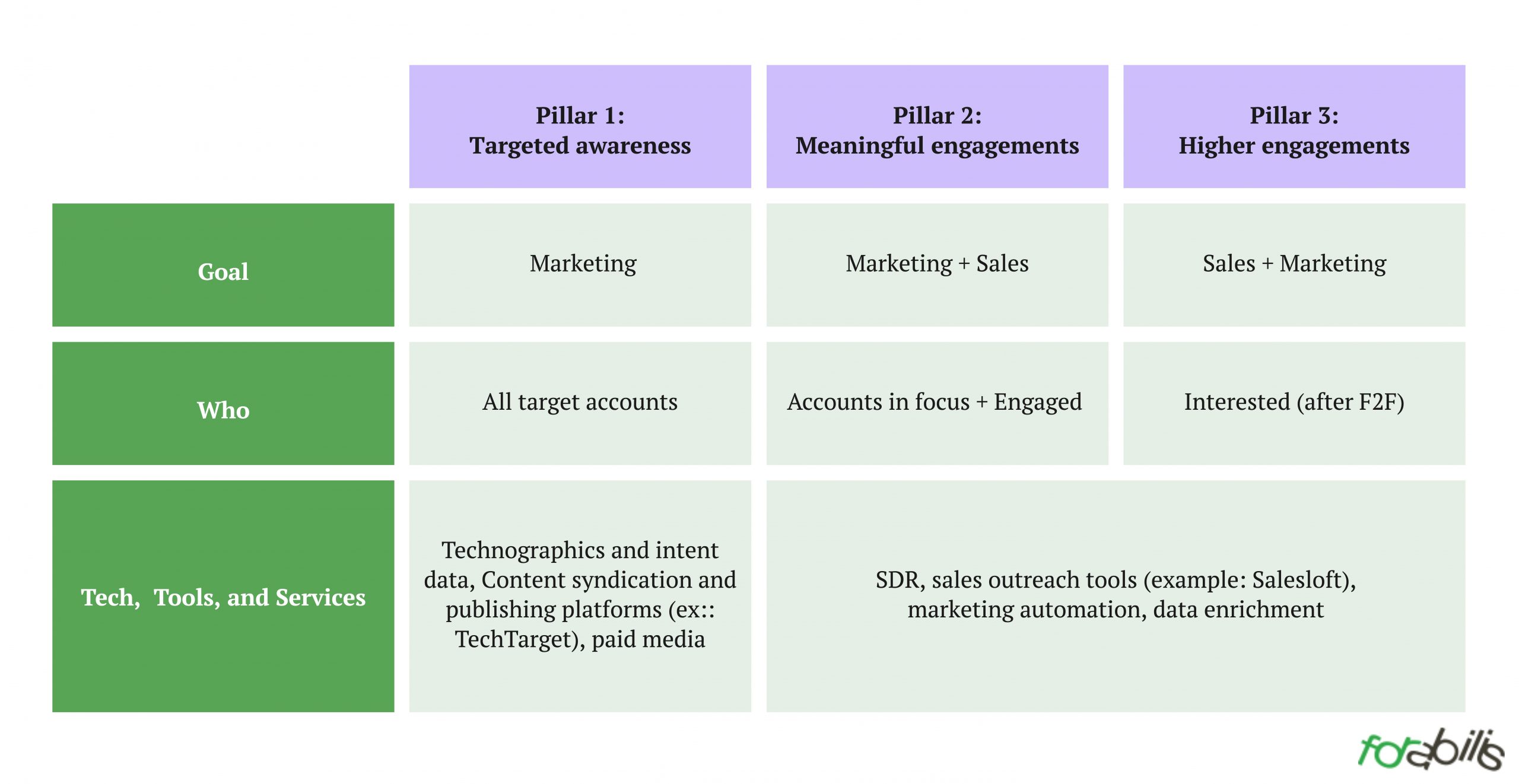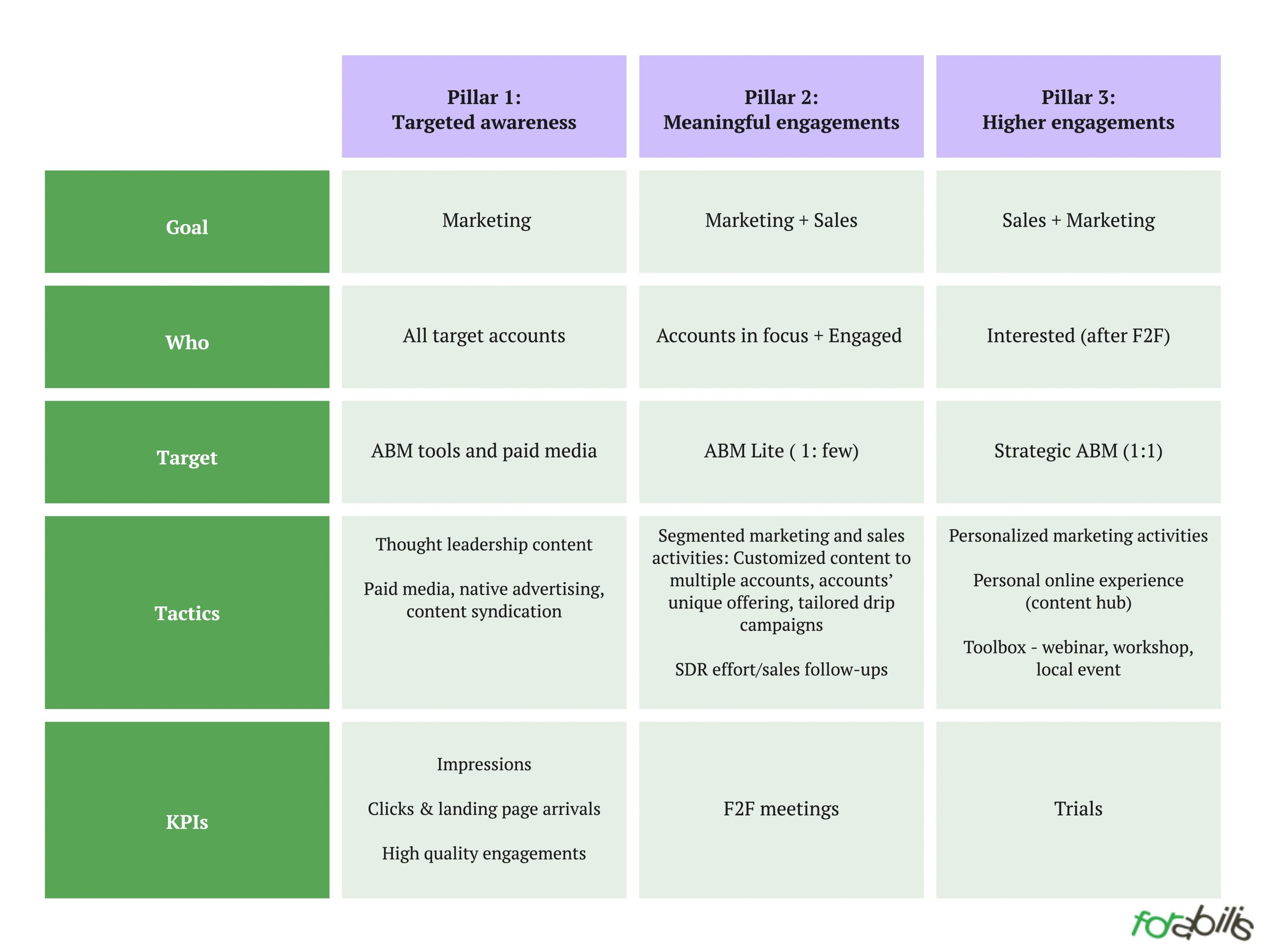2019 was quite a year at Forabilis. We loved it. We have amazing clients that we did some pretty nice stuff for. We’ve grown together, and as cheesy as it may sound, it’s true. The work we do is so completely entwined with that of our clients, so the lessons are learned together. We look forward to 2020, to up our game and deliver more wins for our clients but before that…
Six marketing stories from our work in 2019, the things that made us proud and our clients successful.
Using Product Data for Content Marketing
Marketing and Press Around A Product Pivot and Round A
Creating Winning Product Experience in Conferences
Achieving Thought Leadership through Content and Social Media
Strategizing a Business Pivot
The Event That Never Happened
1. How to Use Data for Content Marketing and Press Exposure
Segasec, recently acquired by Mimecast, is a cybersecurity startup with a platform that protects organizations from phishing attacks that target their end-customers. One of their unique capabilities is to perform quadrillions of scans in order to detect suspicious activities all over the web.
Our first task was to ‘educate’ Segasec that their ability to produce focused data on specific niches/industries is a marketing goldmine. Once we achieved that and got their agreement to setup dedicated monitoring for us, we were in business.
We decided to focus on industries Segasec were targeting as potential customers. The most high-awareness one, and the one with the most potential for wide exposure, was online retail.
We wanted to gather data on phishing attacks around specific crucial dates for online shopping, like Mother’s day, Prime Day, Black Friday and so on. Together with Segasec’s analysts team, we set up dedicated monitoring around these dates for mega-retailers like Amazon, Best-Buy, Walmart and Target.
The results were incredible, marketing-wise. We had concrete data in our hands that showed major spikes in phishing attacks right before and during those dates. This was a solid validation of Segasec’s true value to eCommerce brands and the online press loved it. We’ve got tons of press and quotes from leading industry publications, like this one, that significantly increased awareness of Segasec.

2. The Story of an Amazing Product Pivot and Round A
We’ve been working with 3DSignals, a startup that helps manufacturers digitalize their machines to become an industry 4.0 “factory of the future” for over two years now. 3DSignals is unique for us in the sense that it operates in the ‘real world’ – yes, there are still companies that do that! It’s a special pleasure for us to be involved with physical machines, with actual moving parts, closing the loop from the original industrial revolution to industry 4.0.
As their marketing arm, we helped them pivot and fine tune their offering and messaging to better answer the needs identified in the market.
In the past year 3DSignals raised over $20M, a truly remarkable fit for any startup. We coordinated the global press around the A round and quickly prepared a new website to accommodate both the product pivot and 3DSignals’ new, stronger status as a well-funded company.
As they continued to grow, 3DSignals hired an in-house VP Marketing, Danya Golan, a move we cheered and welcomed. It was definitely the right move – and when it happens, we know we did a good job. We continue to act as the marketing arm of 3DSignals, running their day-to-day operation hands-on.

3. How to Create a Winning Product Experience During Conferences
If you’re not familiar with Outgage, well, you should be. Any B2B company looking to up their ABM game can benefit from Outgage’s singular service – harnessing measurable direct mail for lead generation. Confused? Read on.
Outgage lets you send branded gifts to prospects. One really fun feature allows you to lock the gift, with an actual lock that can only be unlocked online. For example, a cookie jar with a lock on it, opened by entering your email online – now that’s lead gen like no other.
We had the pleasure of taking Outgage on their very first conference, a big deal for a young – and promising – company. Considering that this was a MarTech conference, and marketers are the hardest nut to crack, the stakes were high. We planned and executed the entire package, from pre-communication campaign, to onsite visual and collateral strategy, a speaking opportunity, and post-event email.
But that was not enough for us. In order to make the biggest impact, we devised an on-premise campaign simulating a direct one. We wanted the marketers attending the conference to get a feel in the flesh of the Outgage experience.
The engagement metrics were off the chart. Outgage ‘went home’ with a fat list of leads and sales opportunities, leaving after them a distinct scent of the new-kids-on-the-block of direct mail marketing.
4. Combining Unique Content Creation & Social Media Focus to Achieve Thought Leadership
Take a deep breath, because this next client’s product scope can be quite overwhelming. Ex Libris develops creative solutions for higher education institutes that increase library productivity, maximize the impact of research activities, enhance teaching and learning, and drive student mobile engagement. They have a long history and strong presence in the library sphere, and we were brought in as they moved into a new and unexplored market of research in higher education.
The first step of our work was an entire positioning and messaging process for a comprehensive suite of products dedicated to high-ed research. The target audience of the research and discovery tools are not the researchers themselves, but the research offices in universities.
We crafted the messaging and updated the website accordingly to reflect this new product positioning. This was done in 2018, and in 2019 we rolled up our sleeves and implemented it.
We knew we wanted to make a splash, to make Ex Libris an authority in the convoluted space of high-ed research. So when Ex Libris commissioned a BIG study (when in Rome…) covering more than 300 researchers in the U.S., UK and Australia, we helped manage the process and produce a report on the findings. Around that we created a whole lot of content to be utilized in a massive marketing campaign.

Another interesting realization we had during the planning of this campaign was to focus entirely on Twitter in the social media realm. The common thinking with social media is to spread your reach to as many channels as possible. But after a close examination of high-ed research on social media we’ve concluded that the most effective one is Twitter, so why waste your ammo on a battles already lost? Focusing our social energy exclusively on Twitter paid off big time. It created a substantial following for ExLibris and combined with the results of the study, is rapidly turning into a true thought leader in their target market.
5. How Strategic Positioning Can Lead to a Major Business Pivot
With PerfAction we had our first entry to the medical device field; that’s already exciting, venturing into uncharted waters.
PerfAction is an established company with a high end device, the Enerjet 2.0, of treatment modalities for aesthetics and dermatological applications. What was needed was a renewed strategic planning, to devise from scratch their go-to-market.
We always start our strategic planning with the market, not with the product. By analyzing the market we are able to recognize the need and according to that, how we’re going to introduce the product. The same principles that worked for us so well in the high-tech and software markets proved to be as efficient in the medical device market as well.
With PerfAction we realized they were casting their net too wide. Their Enerjet 2.0 device was positioned as ‘one for all’ solution, a position that is very hard to push in specialized fields as medical device. Together with the PerfAction team we focused their position to one specific niche, scar treatment. This new product position allowed us to construct a lean and focused marketing strategy.
Learning an entirely new field, and needing to strategize and act forcefully in it, was a great experience for us; we would like to thank Dafna Katz for being a valuable source of knowledge for us in this process. As we are known for our expertise in the high-tech / software field, it was important for us to prove – to ourselves mostly – that we are capable of applying our experience and skill-set in other industries as well. And once we’ve ‘opened’ a new market, we are now looking to expand further in the medical device market and utilize our new-gained knowledge and understanding for the benefit of other companies.
6. The Event That Never Happened
We’ll sign off with an anecdote, a funny-little-tale about how things don’t always work the you planned. The saying goes that the TLV high tech bubble is practically unaffected. Well, we learned better. For this tale we’ll introduce innogy Innovation Hub in Israel, the innovation arm of innogy, a leading European energy company.
innogy Innovation Hub in Israel invests and accelerates startups in a few areas, with a focus on Proptech & Contech, Cyber Ventures, and an overarching arm of Energy of the Future.
So here we were, planning and executing innogy Innovation Hub major event of the year, bringing together VCs, selected global partners, and a lineup of startups. We’ve orchestrated the entire production of the event, down to space setup and catering. More than 250 attendees registered for the event, including some Europeans that flew in especially.

And then, on the day of the event, just before 8am, a single missile was fired from the Gaza Strip to Tel Aviv and the Home Front Command issued a total lockdown on the greater Tel Aviv area; schools and workplaces were ordered to shut down, citizens were instructed to stay in their homes.
It could have been a great event and for us, it will always be. But we were taught a once-in-a-life-time lesson – that outside the marketing bubble there’s an actual world that keeps spinning on its axis, and no value proposition will stop it. And hey, isn’t that a great lesson to learn on a Tuesday morning?

![How We Use ABM to Target Competitors’ Customers [2 – Tech and Tools]](https://forabilis.com/wp-content/uploads/2022/12/iStock-1366542082-scaled.jpg)

















